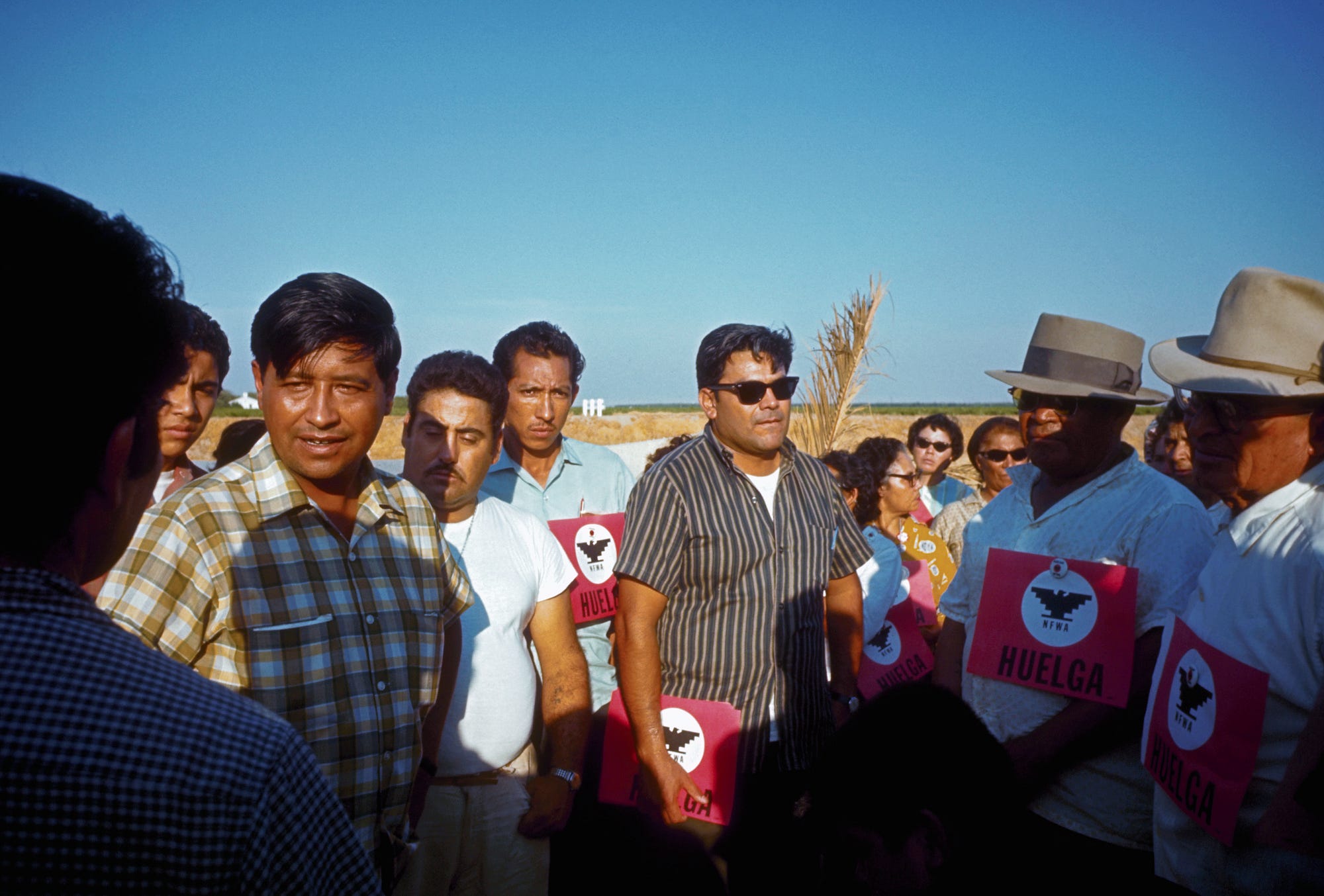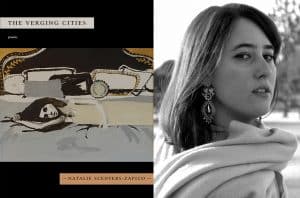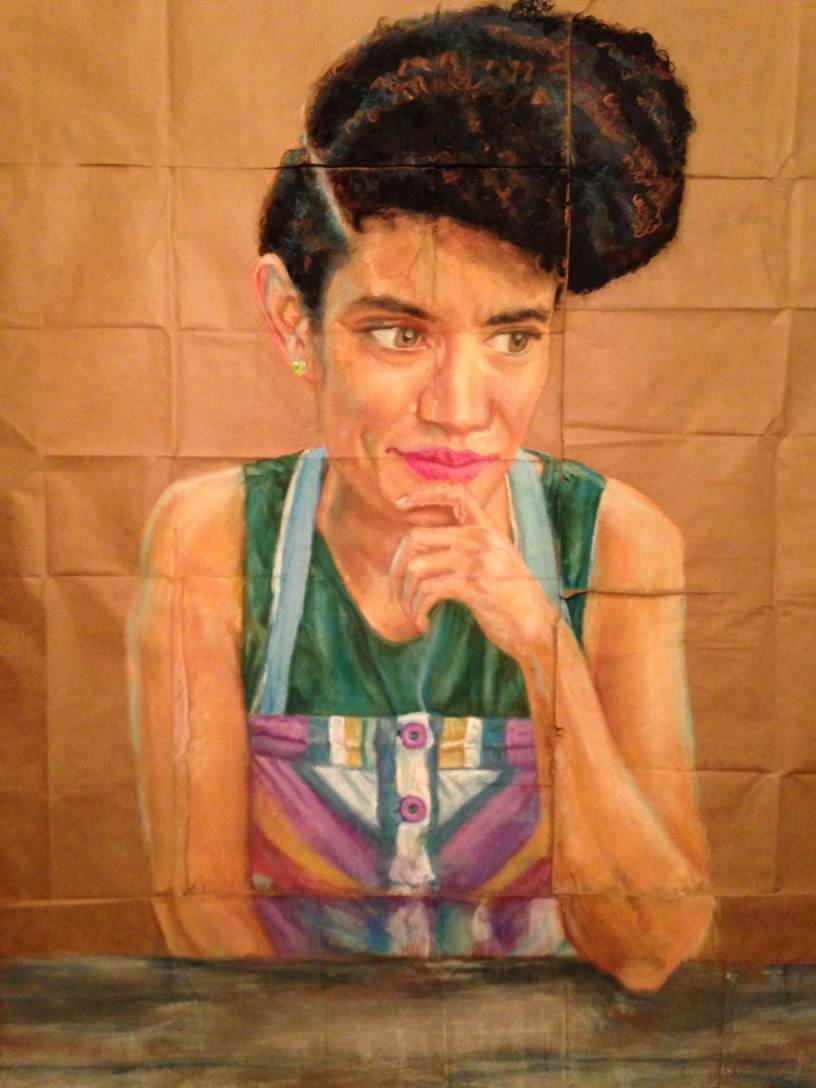The invention of ‘Hispanics’ created a political force of 27 million strongPosted in Articles, Census/Demographics, Latino Studies, Media Archive, Politics/Public Policy, United States on 2017-03-06 01:33Z by Steven |
The invention of ‘Hispanics’ created a political force of 27 million strong
Timeline
2017-03-02
Heather Gilligan, Senior Editor
 Cesar Chavez (left), leader of the National Farm Workers Association, stands with a group of striking workers in Delano, California, in 1975. (Ted Streshinsky/Getty Images) |
Before 1970, they were considered white by the government
On a California morning in 1969, as dawn outlined the nearby mountain ridges in purple, a pickup truck bounced down a dirt road in the Coachella Valley, filled with activists urging farmhands still picking grapes to join a statewide strike for higher wages. “These workers are so afraid of their employers,” labor organizer Dolores Huerta explained to The New York Times.
Meanwhile, on the East Coast, against a backdrop of overcrowded tenements in Spanish Harlem, a radical group of 20-something Puerto Ricans protested unsanitary living conditions by blocking Third Avenue with a garbage fire. The trash they burned had sat on the curb for days, creating a veritable rat-topia, as garbage trucks rumbled along, cleaning up regularly in richer, whiter neighborhoods.
Puerto Ricans and Mexicans like these faced many of the same hardships—including the high rates of poverty that went hand in hand with their experience employment discrimination, dilapidated housing, and substandard schools that were ill-equipped to deal with Spanish-speaking students—but what they lacked was a cohesive political identity, an identifiable voting bloc…
Read the entire article here.






